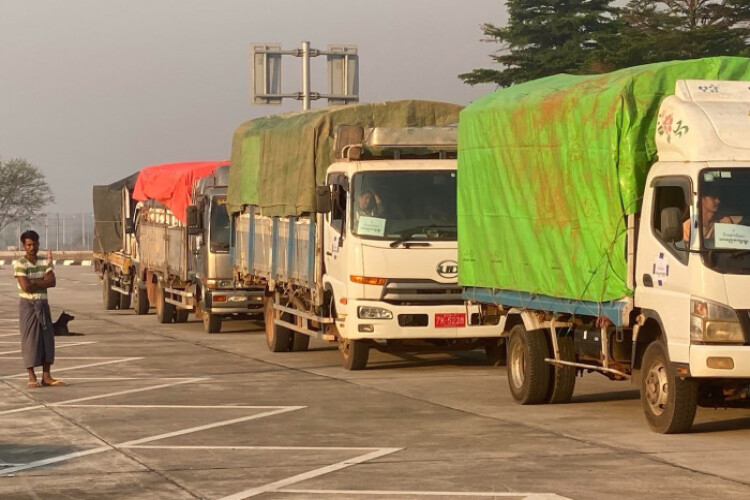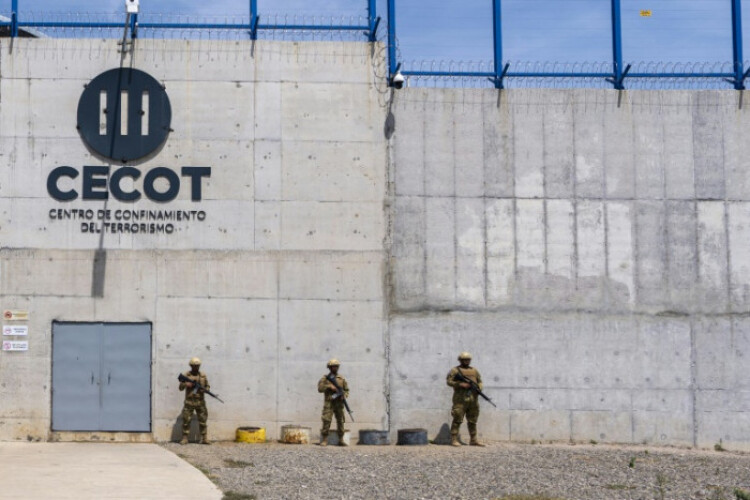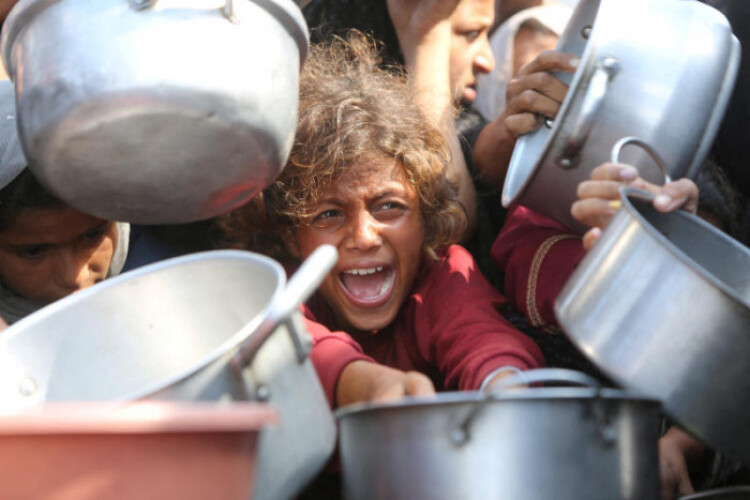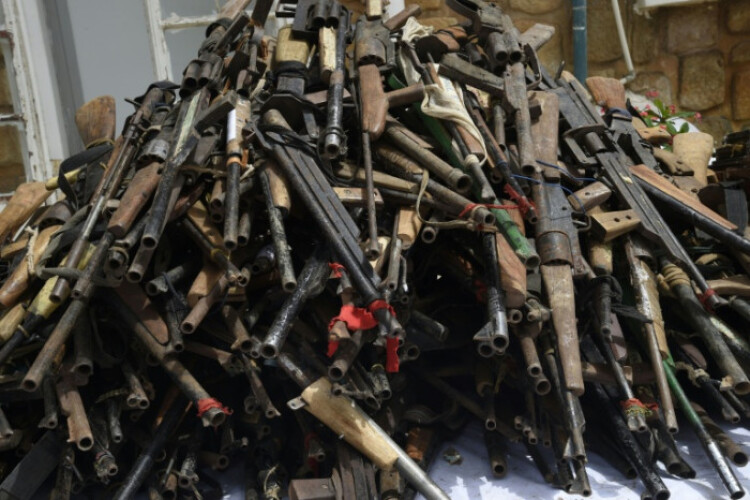
The International Committee of the Red Cross (ICRC) is in talks with Myanmar’s ruling junta, its armed opponents and its neighbours to provide cross-border humanitarian assistance into the war-torn country, its chief said on Wednesday.
Myanmar has been mired in conflict since February 2021 when top generals ousted the elected government of Nobel laureate Aung San Suu Kyi, triggering widespread protests that grew into an armed rebellion challenging the powerful military.
With wide swathes of the country in turmoil, about a third of Myanmar’s 55 million people require humanitarian assistance but the ICRC cannot operate in many areas because of access restrictions and security risks, said Mirjana Spoljaric.
“There’s a total absence in certain regions of medical services, I mean, a complete collapse,” Ms Spoljaric told Reuters.
“There’s not even medicine coming in at the moment, and there’s very little food available.”
During a visit to Myanmar that ended this week, Ms Spoljaric said she told junta chief Min Aung Hlaing that the ICRC has the capacity to deliver more assistance.
“The problem is access,” she said. “It’s critical at the moment because we can’t even go and assess the humanitarian needs, and this is something that we need to remedy.”
In an effort to push more aid into Myanmar, the ICRC is engaging multiple parties on the possibility of sending assistance through neighbours such as Bangladesh and Thailand.
“This was a constant topic of conversation,” Ms Spoljaric said, “The cross-border issue is on the table.”
Former Thai foreign minister Parnpree Bahiddha-Nukara earlier this year floated the idea of a humanitarian coridor with multiple participants, and said the idea was also supported by US Secretary of State Antony Blinken.
In March, Thailand delivered some aid into Myanmar, as part of an initiative backed by the Association of Southeast Asian Nations (Asean) to open a humanitarian corridor.
“The lesson learned is you need to have everybody’s agreement in order to operate. But this could potentially provide entry points for some level of ceasefire, local ceasefire negotiations going forward,” Ms Spoljaric said.
Another potential route to deliver aid into the country is through Bangladesh, which borders Rakhine state, where the Arakan Army rebel group has taken control of significant territory and beaten back the Myanmar military.
The fighting in Rakhine has led to a fresh exodus of the mainly Muslim minority Rohingya community into Bangladesh, which already has over a million Rohingya refugees in sprawling camps.
“What we seek is the direct dialogue with all the parties to a conflict with all weapon bearers and those who have control over them,” Ms Spoljaric said.
“But at the same time as in every conflict we try to mobilise states that can have an influence.”
A former Swiss diplomat, Ms Spoljaric did not detail the response of the Myanmar junta chief to the proposal, which she said is also being discussed with armed groups opposed to the military, neighbouring countries and Asean.
“I am hoping that my meeting with the chairman will improve channels of communication and will at least show some openings on their side to increase operational space,” she said, referring to Min Aung Hlaing.
Myanmar has been mired in conflict since February 2021 when top generals ousted the elected government of Nobel laureate Aung San Suu Kyi, triggering widespread protests that grew into an armed rebellion challenging the powerful military.
With wide swathes of the country in turmoil, about a third of Myanmar’s 55 million people require humanitarian assistance but the ICRC cannot operate in many areas because of access restrictions and security risks, said Mirjana Spoljaric.
“There’s a total absence in certain regions of medical services, I mean, a complete collapse,” Ms Spoljaric told Reuters.
“There’s not even medicine coming in at the moment, and there’s very little food available.”
During a visit to Myanmar that ended this week, Ms Spoljaric said she told junta chief Min Aung Hlaing that the ICRC has the capacity to deliver more assistance.
“The problem is access,” she said. “It’s critical at the moment because we can’t even go and assess the humanitarian needs, and this is something that we need to remedy.”
In an effort to push more aid into Myanmar, the ICRC is engaging multiple parties on the possibility of sending assistance through neighbours such as Bangladesh and Thailand.
“This was a constant topic of conversation,” Ms Spoljaric said, “The cross-border issue is on the table.”
Former Thai foreign minister Parnpree Bahiddha-Nukara earlier this year floated the idea of a humanitarian coridor with multiple participants, and said the idea was also supported by US Secretary of State Antony Blinken.
In March, Thailand delivered some aid into Myanmar, as part of an initiative backed by the Association of Southeast Asian Nations (Asean) to open a humanitarian corridor.
“The lesson learned is you need to have everybody’s agreement in order to operate. But this could potentially provide entry points for some level of ceasefire, local ceasefire negotiations going forward,” Ms Spoljaric said.
Another potential route to deliver aid into the country is through Bangladesh, which borders Rakhine state, where the Arakan Army rebel group has taken control of significant territory and beaten back the Myanmar military.
The fighting in Rakhine has led to a fresh exodus of the mainly Muslim minority Rohingya community into Bangladesh, which already has over a million Rohingya refugees in sprawling camps.
“What we seek is the direct dialogue with all the parties to a conflict with all weapon bearers and those who have control over them,” Ms Spoljaric said.
“But at the same time as in every conflict we try to mobilise states that can have an influence.”
A former Swiss diplomat, Ms Spoljaric did not detail the response of the Myanmar junta chief to the proposal, which she said is also being discussed with armed groups opposed to the military, neighbouring countries and Asean.
“I am hoping that my meeting with the chairman will improve channels of communication and will at least show some openings on their side to increase operational space,” she said, referring to Min Aung Hlaing.






